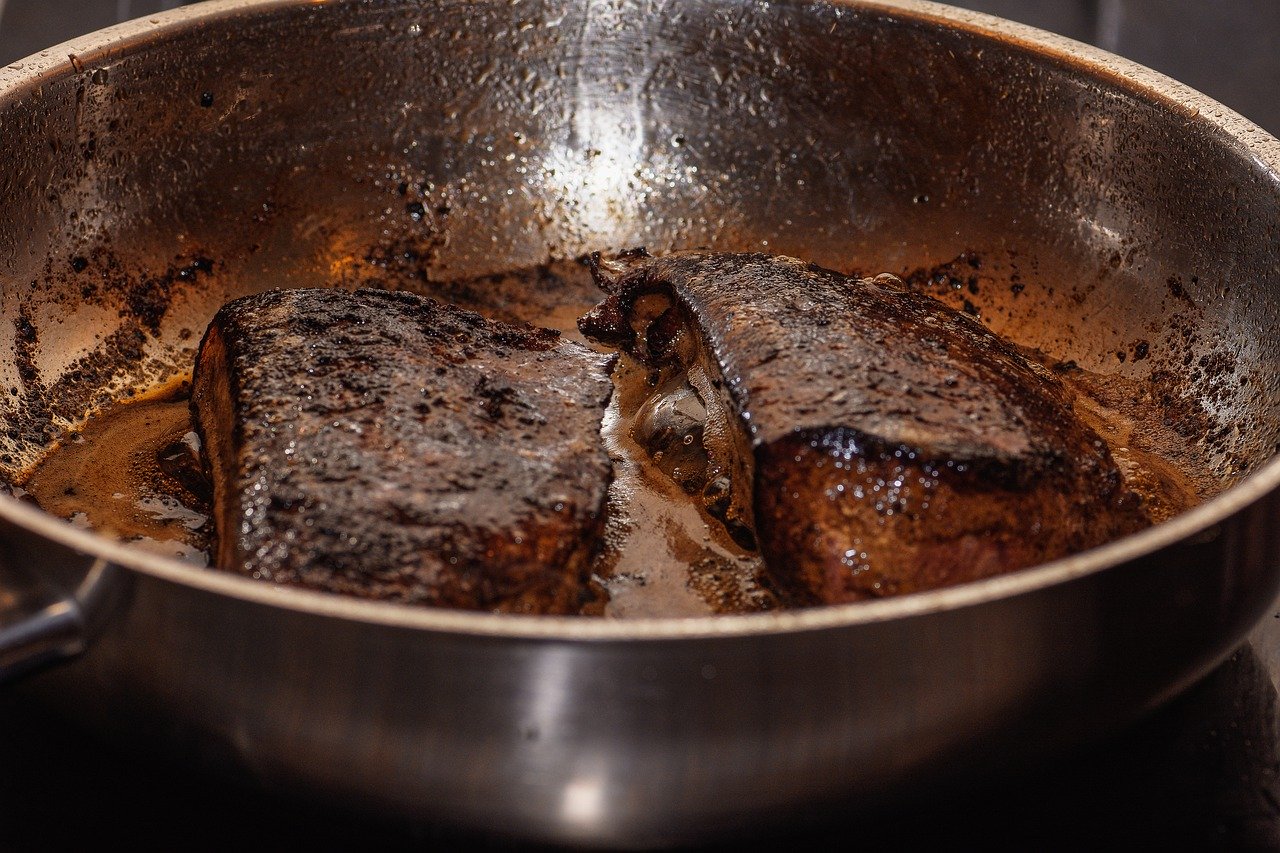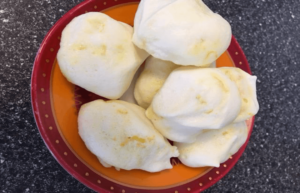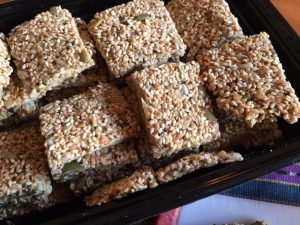I’m lucky. I like liver. Always have. It was part of the weekly rotation of foods in my home growing up. Mostly because it was an inexpensive meal, but also because we all liked it. Mom loved cooking it because it took only minutes to fry up.
Her version was dredged in seasoned flour. Then dropped into a hot oiled cast iron frying pan. A couple of minutes on each side, then onto the plate. That was it. No onions, no sauces or gravy. Served with mashed potatoes and a frozen vegetable. Simple work-night supper..
Growing up, we lived one short block from a small neighbourhood grocery store, the kind that doesn’t exist any longer. It was about the floor space of a modest Tim Hortons, but had absolutely everything, including a full butcher shop in the back. It was called Passmore’s. I was often sent to the store after school with a couple of bucks to buy the fresh meat for supper. Mom was a big fan of “ground chuck” – an upgraded version of ground beef, and fresh liver. Many times, I would wander to the back counter, ask for a pound and a half of liver and watch the butcher go into the big walk-in fridge, bring out a huge beef liver and cut slices for me. I would walk it home, wrapped in red butcher paper and Mom would cook it.
Those days are long gone, and local butcher shops are sometimes hard to find. If they do have liver, it’s likely to be frozen, simply because not enough people buy it for them to keep it fresh in their counters.
But that doesn’t mean that liver is not still a superfuel – it’s still the most nutrient dense food in our entire arsenal. It is a powerhouse source of the major B vitamins, well exceeding the recommended daily allowance for all of them except B1, thiamine. These are the vitamins that we are supposed to get from “healthy whole grains”. And all of these nutrients are present in their most bio-available form, making them a much more effective dose.
All traditional cultures have included animal livers in their cuisines. In fact, in many cultures, it’s considered the premium part of the entire carcass and is either consumed raw on the spot or is presented to the most esteemed community members as a sign of respect. Other cultures understood its value and saved it for pregnant mothers or the frail elders.
Here’s a quick rundown of it’s nutritional superpowers. These values are approximate, as Canadian and US dietary reference ranges can vary slightly, but they will give you an idea of how very rich liver is. These values are for beef liver:
- Vitamin A (the preformed version Retinol – very bioavailable) – 625% Daily Value (DV). In fact, Vit A toxicity is a real risk, so recommendations are for a maximum intake of 4-8 oz liver (110-225 g) per week.
- Vit B1 Thiamine – 8% DV
- Vit B2 Riboflavin 240% DV
- Vit B3 Niacin – 90+% DV
- Vit B5 Pantothenic Acid – 144% DV
- Vit B6 – 72% DV
- Vit B12 – the “animal-source-only” nutrient – 2800% DV
- Folate – 80% DV (wait a minute… isn’t that the leafy greens vitamin? – yep, it is!)
- Zinc – 40% DV
- Selenium – 72% DV
- Iron – 31% DV (in its most bio-available form for improved absorption)
- Copper – 1120% DV
- Chromium – 146% DV
- Calcium – not a significant source
A 4 oz serving of beef liver before cooking is 150 calories and 23 grams protein. Unlike most meats, it contains a significant amount of carbohydrate – 4.4 grams. This makes total sense since the liver is the glycogen storage organ for the body. It’s quite low in fat, only 4 grams in a 4 oz serving.
“But”, you say, “I don’t like liver. I can’t stomach it.” It may be that your only experiences with liver were overcooked, strongly flavoured old beef liver… There’s a world of other possibilities out there for you to try and see if there’s one that you like.
- Find baby beef or calf liver. It’s milder and more tender.
- Don’t over cook liver if you are frying it. It’s a only a minute or two on each side in a very hot pan to get a nice sear. It can be mildly pink in the center.
- Try chicken livers. They are smaller and milder. Recipes abound for chicken livers with Asian seasonings or spicy/Mexican seasonings.
- Duck and goose livers are harder to get raw, but you will be very familiar with them as pate. Think foie gras.
- Buy or make pate. There are all kinds of pates available in most grocery stores. It’s not a hard thing to make.
- Mix ground liver (ask your butcher or use a blender/food processor) into ground beef and then use it for whatever. Meatloaf, burgers, tomato sauce – the liver will be minimally noticeable.
- Fish liver is a common food in many cultures. Fish liver is an awesome source of omega 3 fats. Cod liver pate is the most common and is available in small cans in most grocery stores. Be sure to buy a Nordic or Icelandic variety, not from Asia.
- Liverwurst is a common spreadable sausage from Germanic countries. It’s generally made with pork liver. Great on celery sticks or cucumber rounds, or serve with cheese crackers.
- There are a variety of European traditional deli meats and sausages that include liver in their ingredients. Use them like any deli meat. Not the best way to get your liver, but it is an alternative.
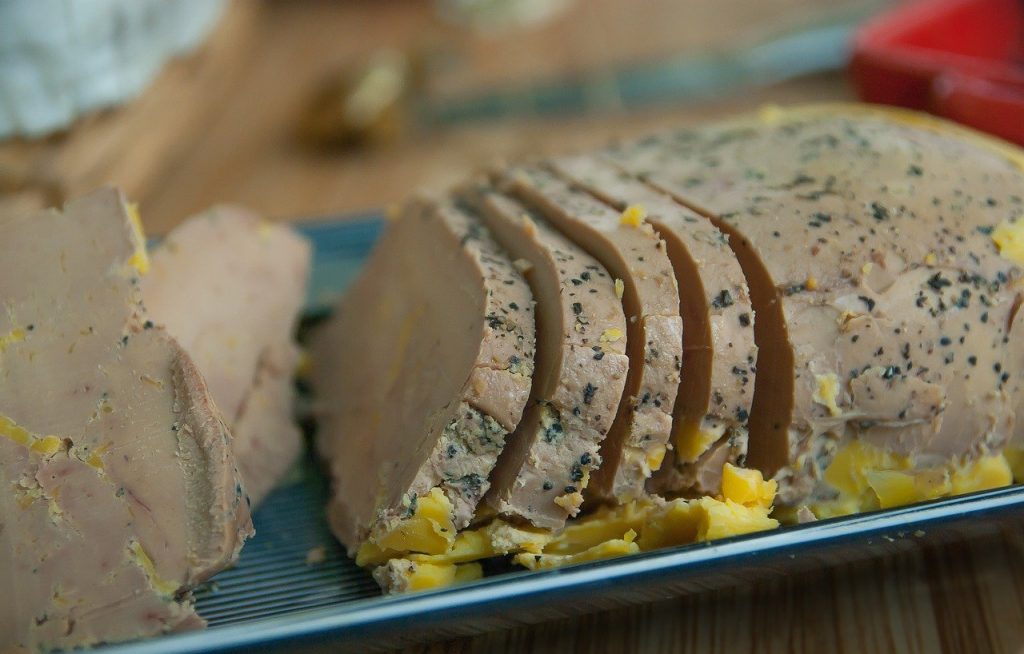
Preparing Liver – Tips and Tricks
Liver can have a strong almost metallic taste, likely as a result of the high mineral content, particularly iron. This can be made milder by soaking the liver in milk for a few hours before cooking. After soaking, rinse and dry the raw meat before cooking.
Traditional liver recipes can include a large quantity of sauteed onions. Maybe that’s for the purpose of masking the taste of the liver… Just remember that a half cup of cooked onions has 9 g net carbs. Add that to the 4-6 g of carb in the liver itself and it’s no longer a low carb meal.
I haven’t tried it, but it has also been recommended to soak your liver in lemon juice before cooking. The acid will reduce the metallic taste, and the lemon will impart a fresh flavour. Again, rinse and dry before continuing with cooking.
Mixing liver into ground meat in no more than a 1:3 or 1:4 ratio will make it disappear. Add your other meat seasonings, depending on the recipe (salt, pepper, garlic powder, onion powder, parsley, herbs, etc. Cooking in a sauce or served with a condiment such as guacamole or mayo will further camouflage any remaining “liver-ness”.
Make pate. Seriously the best way to eat liver for non-liver lovers. My German-heritage husband will not eat liver straight up the way that I have since childhood, but he’s a huge fan of any type of processed liver pate, sausage or soup dumplings (Leberknödelsuppe).
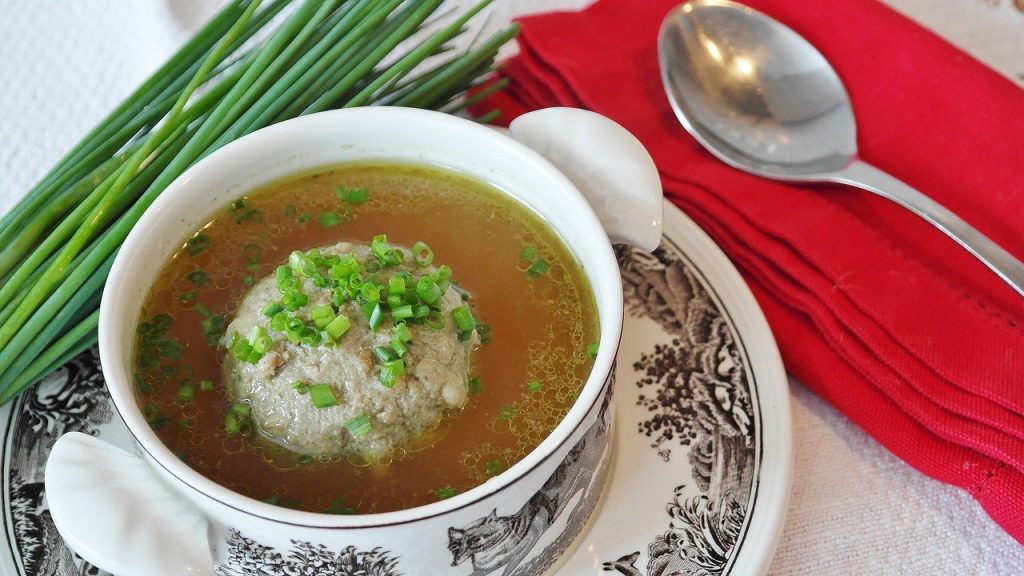
Here’s Mike’s Chicken Liver Pate recipe:
Chicken Liver Pate
Equipment
- Large skillet, blender or food processor
Ingredients
- 1 lb fresh chicken livers
- 1 cup milk
- 4 oz cold butter divided
- 1 large Videlia or sweet onion chopped
- 2 tsp fresh garlic minced
- 2 tbsp green peppercorns (bottled) divided
- 2 each bay leaves
- 1 tsp fresh thyme or 1/2 tsp dried
- 1/2 tsp salt
- 1/2 tsp fresh ground pepper
- 1/4 cup Cognac or brandy
Instructions
- In a bowl, soak the livers in milk for at least 2 hours. Drain well and dry. In a large skillet, melt 4 tbsp butter and add the onions. Cook over medium heat stirring often until soft, about 3-5 minutes. Add the garlic and cook until fragrant, about 1 minute. Add the chicken livers, 1 tbsp peppercorns, and thyme, salt and pepper, bay leaves. Cook, stirring until the livers are browned on the outside and still slightly pink inside, about 5 minutes. Add Cognac and cook until most of the liquid is evaporated and the livers are cooked through. Remove from heat and remove bay leaves. Allow to cool for about 10 minutes to make it safer to handle. Place the liver mixture into the bowl of a food processor or blender. Puree until completely smooth. Add the remaining butter in pieces and pulse to blend. Gently fold in the remaining peppercorns. Taste and adjust salt/pepper if desired. Pack into small plastic or glass containers or ramekins. Plastic Tupperware style containers with airtight lids are excellent for freezing. Divide up the pate according to your plan. This freezes beautifully and can be stored in small weekly serving portions (4-6 oz). Serve with cheese Whisps (crackers), stuff into celery stalks, fill mini-sweet-peppers, or mound onto cucumber rounds. Can be used as omelette filling or steak topping.
According to Carb Manager, this recipe would be about 295 kcals for 1/6th of the batch. Also, 3 grams net carbs, 19 g protein and 20 g fat. And an amazing array of nutrients.
Not eating liver is not a deal-breaker for good health, but it is one of the most important ancestral foods. Long before chia seeds or acia berries appeared, our ancestors were chowing down on the original superfood. We would do well to revisit this important nutrient dense staple.
